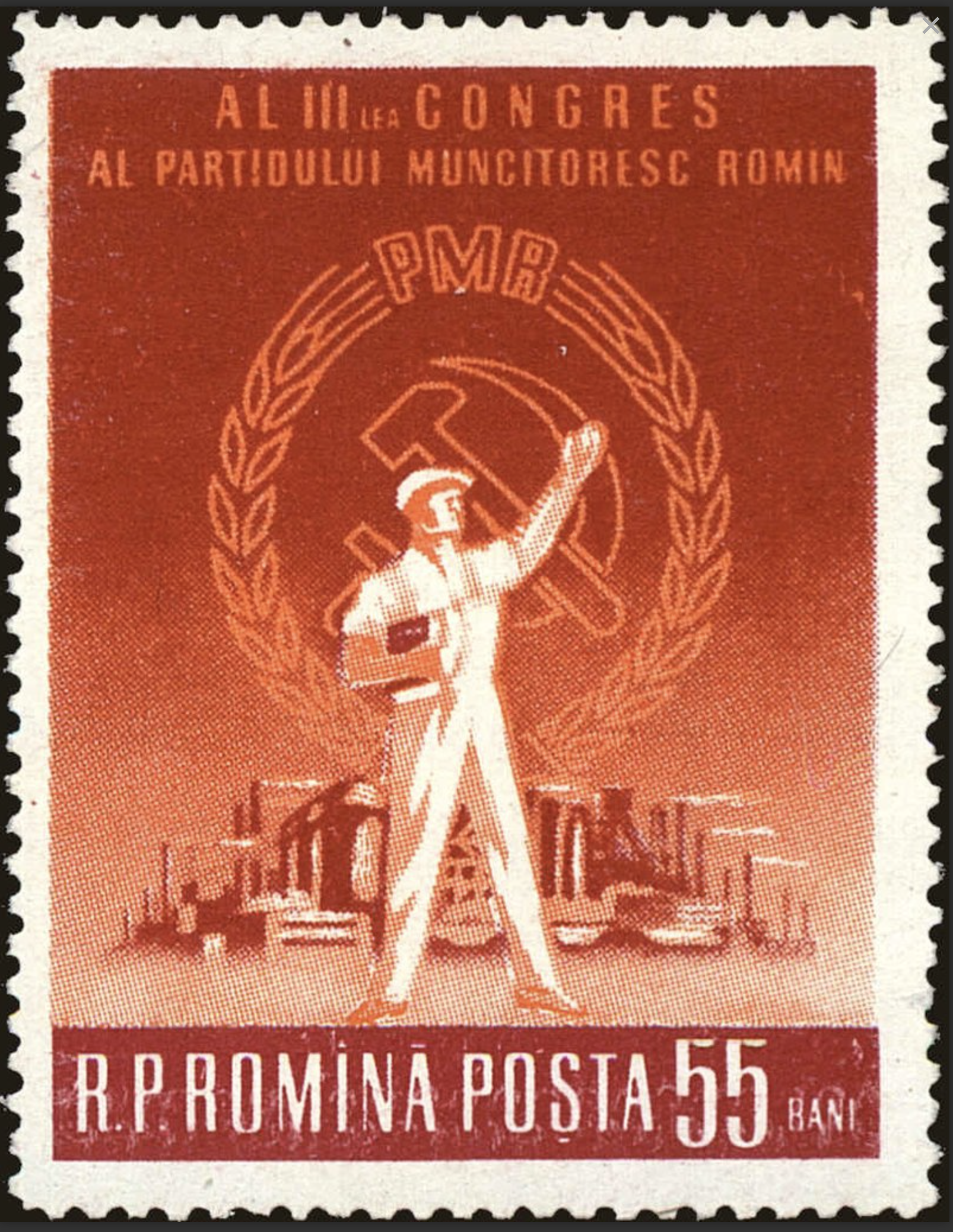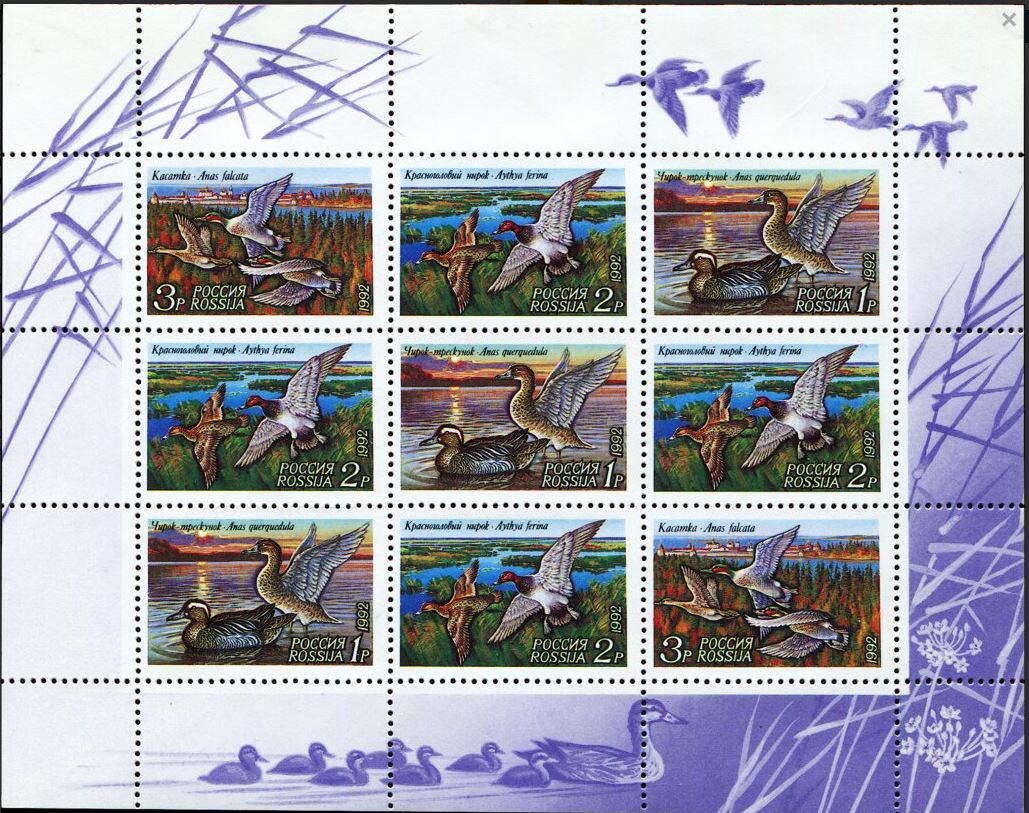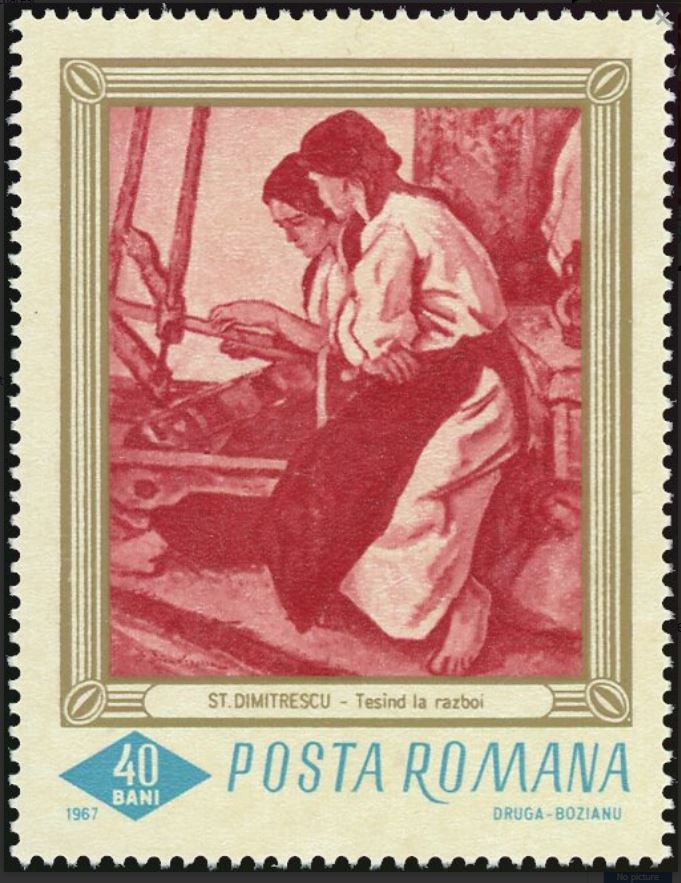Romania #1339 (1960) – 3rd Congress of the Romanian Workers’ Party
$0.35
Romania #1339 (1960) – 3rd Congress of the Romanian Workers’ Party
1 in stock
Description
Romania #1339 (1960) – 3rd Congress of the Romanian Workers’ Party
The Romanian Workers’ Party (Partidul Muncitoresc Român, PMR) was the ruling communist party in Romania from the late 1940s until the end of the communist era in 1989. The party played a significant role in shaping the political, economic, and social landscape of Romania during this period.
Key Points about the Romanian Workers’ Party:
- Formation and Early Years:
- The Romanian Workers’ Party was officially founded on May 8, 1948, through the merger of the Romanian Communist Party (Partidul Comunist Român, PCR) and the Romanian Social Democratic Party (Partidul Social Democrat Român, PSDR).
- The merger was part of a broader process of consolidating communist power in Eastern Europe after World War II.
- Ideology and Alignment:
- The party adhered to Marxist-Leninist ideology and was aligned with the Soviet Union. The leadership of the party maintained close ties with the Soviet Communist Party, and Romania became a member of the Eastern Bloc.
- Leadership:
- Gheorghe Gheorghiu-Dej was the first General Secretary of the Romanian Workers’ Party and held this position until his death in 1965.
- After Gheorghiu-Dej’s death, Nicolae Ceaușescu assumed leadership, becoming the General Secretary of the party. Ceaușescu would later become the President of Romania.
- Industrialization and Collectivization:
- Under the leadership of the Romanian Workers’ Party, Romania underwent a process of rapid industrialization and collectivization in the 1950s and 1960s.
- These policies aimed to transform Romania into a socialist society and align its economy with the principles of central planning.
- Securitate:
- The Securitate, the secret police of communist Romania, was an integral part of the Romanian Workers’ Party apparatus. It played a crucial role in suppressing dissent and maintaining control.
- National Independence:
- One distinctive feature of the Romanian Workers’ Party was its pursuit of a more independent foreign policy compared to other Eastern Bloc countries. Romania did not participate in the Warsaw Pact invasion of Czechoslovakia in 1968.
- Personality Cult and Authoritarian Rule:
- Under Nicolae Ceaușescu, the Romanian Workers’ Party fostered a personality cult around the leader.
- Ceaușescu’s regime became increasingly authoritarian, characterized by censorship, repression of dissent, and a cult of personality.
- Late Years and Dissolution:
- In December 1989, a series of protests and uprisings led to the fall of the Ceaușescu regime. The Romanian Workers’ Party was dissolved, and a new political era began in Romania.
- Legacy:
- The legacy of the Romanian Workers’ Party is complex and controversial. While it played a role in the industrialization of Romania, it is also associated with political repression, censorship, and human rights abuses.
The dissolution of the Romanian Workers’ Party marked the end of the communist era in Romania, leading to a period of political, economic, and social transition. The country shifted towards a multi-party system and a market-oriented economy in the post-communist period.
Ready to ship in 3-5 business days from United States (US)
Additional information
| Weight | 0.0149 lbs |
|---|---|
| Condition | |
| Country | |
| Stamp Format | |
| Stamp Type | |
| Year of Issue |













